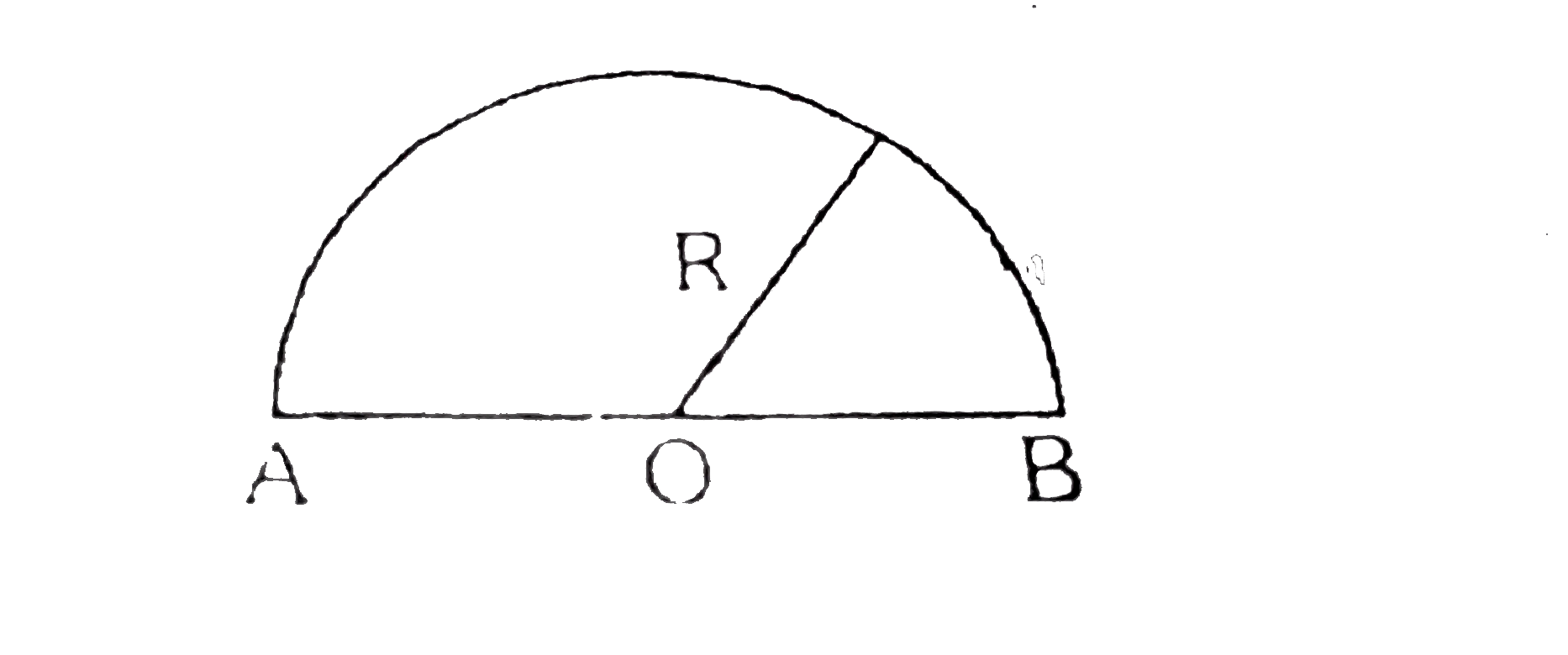RATE OF CHANGE OF VELOCITY :ACCELERATION
Step by step video & image solution for RATE OF CHANGE OF VELOCITY :ACCELERATION by Physics experts to help you in doubts & scoring excellent marks in Class 9 exams.
Updated on:21/07/2023Similar Questions
Acceleration is defined as the rate of change of velocity. Suppose we call the rate of change of acceleration as SLAP?.<br>(i)WˆistheunitofSLAP .
(ii) How can we calculate instantaneous SLAP ?
View SolutionSTATEMENT-1: When a particle moves in a circle with a uniform speed, it velocity and acceleration both changes.
STATEMENT-2: The centripetal acceleration in circular motion is depdendent on angular velocity of the body.
View Solution
Knowledge Check
STATEMENT - 1 : Zero velocity of a particle does not mean zero acceleration.
and
STATEMENT - 2 : The moment at which velocity is zero, its rate of change may be non-zero.AStatement-1 is True, Statement-2 is True, Statement-2 is a correct explanation for Statement-3BStatement-1 is True, Statement-2 is True, Statement-2 is NOT a correct explanation for Statement-3CStatement-1 is True, Statement-2 is FalseDStatement-1 is False, Statement-2 is TrueVelocity of a car does not depend on
A. Speedometer
B. Change in direction
C. Change in speed
D. Change in accelerationAABDCBDCDistance is a scalar quantity. Displacement is a vector quqntity. The magnitude of displacement is always less than or equal to distance. For a moving body displacement can be zero but distance cannot be zero. Same concept is applicable regarding velocity and speed. Acceleration is the rate of change of velocity. If acceleration is constant, then equations of kinematics are applicable for one dimensional motion under the gravity in which air resistance is considered, then the value of acceleration depends on the density of medium. Each motion is measured with respect of frame of reference. Relative velocity may be greater/ smaller to the individual velocities.
A particle moves from A to B. Then the ratio of distance to displacement is :-
 Aπ2B2πCπ4D1:1
Aπ2B2πCπ4D1:1
Assertion (A): The acceleration of a body moving with constant velocity is zero.
Reason ( R): Acceleration is the rate of change in velocity.
View SolutionStatement-I : When velocity of a particle is zero then acceleration of particle is zero.
Statement-II : Acceleration is equal to rate of change of velocity.
View SolutionAssertion : The accelerated motion of an object may be due to change in magnitude of velocity or direction of velocity or both.
Reason : Acceleration can be produed only by change in the magnitude of the velocity.
View SolutionAssertion : Acceleration of a moving particle can change its direction without any change in direction of velocity.
Reason : If the direction of change in velocity vector changes, the direction of acceleration vector also changes.
View SolutionAssertion : Slope of momentum - time graph gives acceleration
Reason : Acceleration is given by rate of change of momentum .
View Solution
